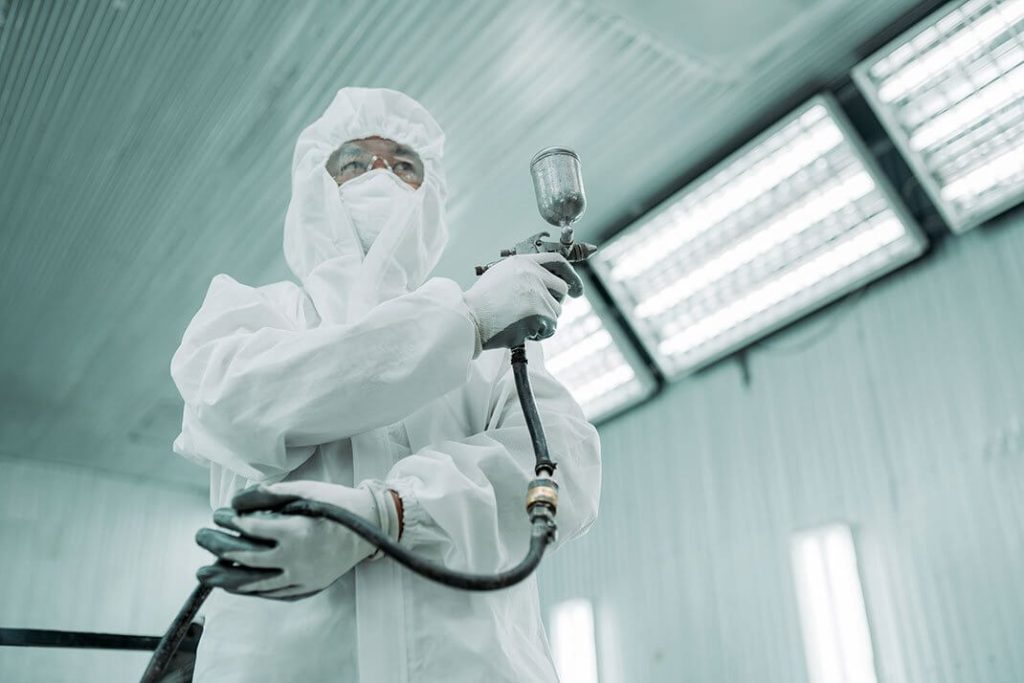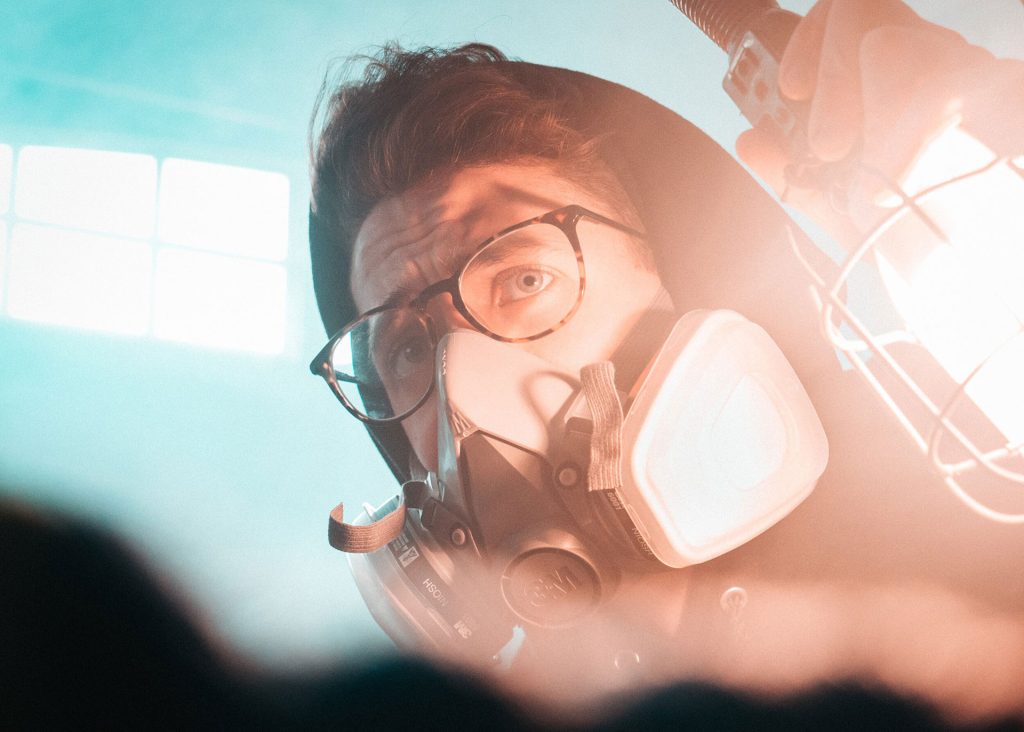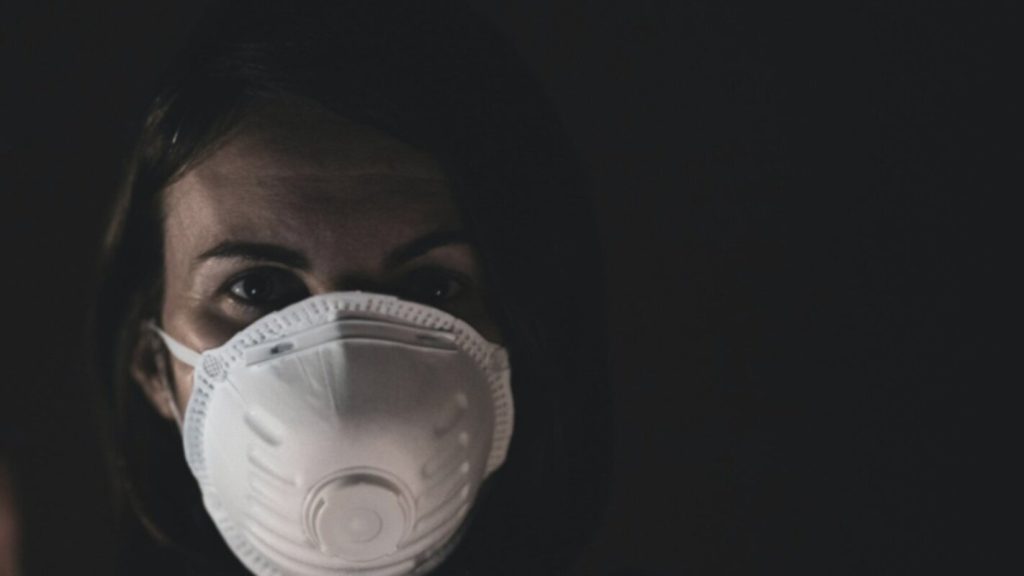Under the General Duty Clause, OSHA requires that employers provide their employees with a work environment which is “free from recognized hazards that are causing or are likely to cause death or serious physical harm”. The idea of a “recognized hazard” is furthermore defined with the Personal Protective Equipment (29 CFR 1910.132) standard.
In the PPE standard, OSHA reinforces and requires that employers proactively evaluate the workplace to determine if hazards exist or are likely to exist, which require the use of personal protective equipment. There are many reasons why it is in the best interest of your company to proactively identify potential hazards and provide adequate PPE if the hazards cannot be controlled. Below you will find a resource on why this is beneficial and some strategies for protecting your employees and your business.
Why should businesses be proactive in addressing workplace safety hazards?
A comprehensive analysis of job tasks will provide the business with a much better understanding of the hazards to which employees will be exposed as well as the general operations of the business. This may uncover process inefficiencies as well as unsafe work practices or conditions. This may also provide the business with a better understanding of the initial costs associated with protecting workers and the potential long-term needs of PPE and other protective measures which may need to be put into place. This allows the business to plan accordingly to ensure proper budgeting is in place to provide a safe work environment.
How does a proactive approach affect budgeting?
In a world where the costs of doing business continue to increase, it is important for employers to understand their upfront and ongoing costs to actively manage budgets related to protecting workers.
- Example 1: At the beginning of the COVID-19 pandemic, many long-term care, senior living and hospice facilities struggled with identifying airborne diseases, such as COVID-19, as a workplace safety hazard to their employees. As patient’s families eventually brought in the virus to these facilities, infection spread very quickly and the care teams were directly exposed to this airborne disease. Due to the fact that this had not been recognized during a hazard assessment as a potential exposure to employees, employers had to scramble to conduct medical evaluations of all employees and pay higher than normal rates for rush fit testing. Some employers chose not to fit test employees and were fined heavily by OSHA for not protecting workers. These costs could have been proactively identified in a hazard assessment as employees already had potential exposure to other airborne diseases such as SARS and influenza, all of which should have required the use of respiratory protection to protect workers when caring for these patients.
- Example 2: A construction subcontractor is bidding a job where, before work may begin, they must remove and replace 10,000 yards of concrete. The demolition of concrete is not something this company has done before and they are not aware of the hazards associated with silica containing dust which will be generated from the demolition process. Once the job begins, employees begin to complain about the dust being generated and the General Contractor asks for their job hazard analysis. The subcontractor did not complete a job hazard analysis and now must develop and implement a silica safety program which they did not previously budget for as part of the job. The cost and time associated with this could have been built into the bid but now the subcontractor must recoup this cost with another job. Most General Contractors expect to see safety related costs as a line item and this can even demonstrate the subcontractor’s commitment to safety in the workplace.
- Example 3: A truck bed manufacturing company decides that they now want to powder coat their truck beds in house. The electrostatic coating process requires employees to be exposed to airborne dusts from the powder coating media. The company does a proactive assessment and determines they cannot fully control the dust hazard and will need to provide full protective garments and respirators as part of this process. They are able to factor in the cost of this PPE as well as the annual medical evaluations and fit testing for respirators to their per unit price.
It is almost always more costly to go back and retrofit operations after they are in place in order to protect workers than to plan ahead before the work starts. The costs of shutting down a production line or process could far outweigh the initial investment which sometimes may hinder employers from correcting workplace safety hazards even when they know about them.
If employees must utilize respiratory protection, there are also other costs such as conducting rush medical evaluations and fit testing for team members if respirators are necessary to protect them.
What are the potential costs associated with not being proactive?
- OSHA Inspections and Violations
- If no proactive assessments are completed, once a company realizes that hazards exist which warrant respiratory protection, they immediately jump to provide respiratory protection to workers. More often than not, the company does not know about the OSHA 1910.134 requirements to implement a comprehensive Respiratory Protection Program including having the employee complete a Medical Evaluation Questionnaire (MEQ) and fit testing. You can find more about developing a respiratory protection program here.
- OSHA violations are forever documented on the OSHA Establishment Search page and penalties for violations can be significant. The most current OSHA penalty amounts can be found here.
- Lost Work
- In construction, most General Contractors require a comprehensive safety plan including a respiratory protection program. Sub-contractors could lose potential jobs if adequate programs have not been developed and/or implemented to protect workers.
- Employee Injuries
- The direct and indirect costs of employee injuries can be very costly to employers. Studies show that the indirect costs of injuries are approximately four (4) times greater than the direct costs of the injury. These indirect costs include things such as correcting unsafe working conditions, damaged property, retraining employees, hiring new employees to replace those who have been injured, and reduced employee effectiveness. Employees also may feel that the employer is not committed to protecting them on the job, inherently leading to lower employee morale.
How does being proactive demonstrate a commitment to safety?
Employers can instantly build credibility and good will towards employees by demonstrating that they care for their wellbeing. This may not be easily quantifiable but is crucial to employee morale and the sustainability of the business.
Providing adequate training on PPE and how to utilize it, especially the use of respiratory protection, will ensure that your employees are not overexposed to airborne hazards in the workplace.
A part of the Respiratory Protection Program, providing Medical Evaluation Questionnaire’s and Fit Testing to your team members shows them that your company is committed to their safety and ensuring they go home every night unharmed.
What are the next steps to ensure that your company is being proactive?
As Benjamin Franklin once said, “If you fail to plan, you are planning to fail”. This inspirational message is directly applicable to protecting workers and being prepared for the hazards to which they may be exposed. Here is how you can plan ahead.
- Risk Assessments
- Conduct a risk assessment of all job tasks in the workplace. Please refer to our article on conducting hazard assessments for respiratory protection here.
- Conduct a risk assessment of all new job tasks introduced to the workplace before employees begin the work. This can prevent unnecessary delays in operations and rework by your team.
- Employee Job and Safety Training
- Once you’ve identified the risks, keeping employees informed of how to perform their jobs and the hazards to which they are exposed is key to being proactive. Employee training is required by many standards such as Respiratory Protection (1910.134). Not only is this a requirement, but it provides employees with key information about how to do their job safely.
- Ongoing OSHA Compliance Analysis’
- Setting a plan to complete an ongoing Mock OSHA Compliance analysis is a great idea. This gives your business more visibility into what potential risks employees are being exposed to and what gaps you may have from an OSHA compliance perspective. Identifying and correcting both of these items can result in long term cost reduction for your business.
OSHA requires employers to be proactive when hazards do exist or are likely to exist which presents a hazard to employees. Respiratory hazards are not always easily identifiable but if they exist or will exist, there are many requirements that employers must develop and implement before exposing employees. By conducting proactive risk assessments to address concerns such as respiratory protection, before work starts, you can protect your workers and your business from the costs associated with workplace safety events and regulatory compliance.
You can find all of the requirements for developing a respiratory protection program here.
Vest’s Respirator Clearance service can assist your organization with completion of the Medical Evaluation Questionnaire in order to qualify employees for the usage of respiratory protection. To speak with a Vest representative, click here.
The information provided on this page is meant to be informative and is not a substitute for professional or legal advice.



